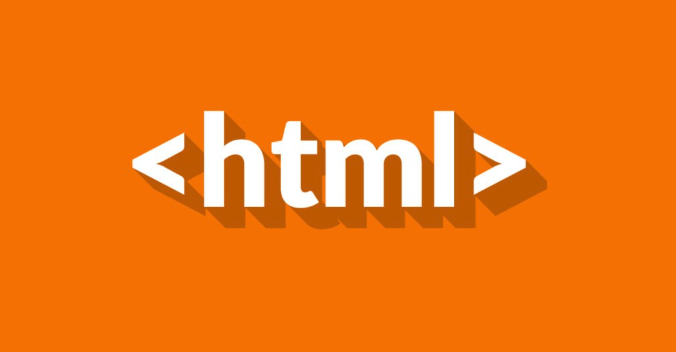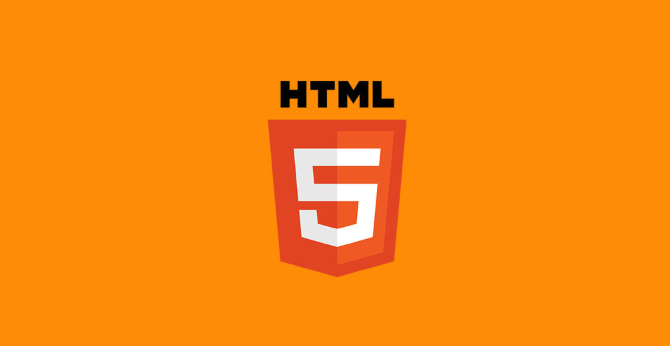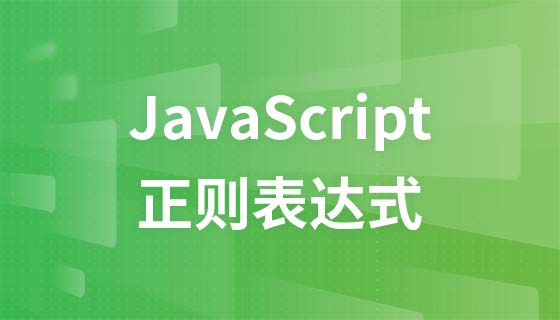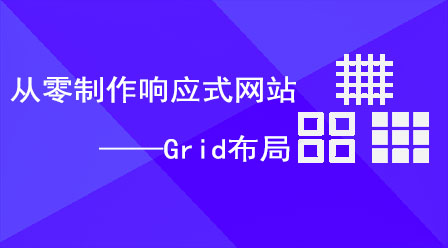CSStext-align属性详解与应用技巧
时间:2025-07-30 10:53:28 407浏览 收藏
编程并不是一个机械性的工作,而是需要有思考,有创新的工作,语法是固定的,但解决问题的思路则是依靠人的思维,这就需要我们坚持学习和更新自己的知识。今天golang学习网就整理分享《CSS 中 text-align 属性用于设置元素内文本的水平对齐方式,常见的值包括 left、right、center 和 justify。它常用于段落、标题、列表等文本内容的布局调整,使页面排版更美观和规范。》,文章讲解的知识点主要包括,如果你对文章方面的知识点感兴趣,就不要错过golang学习网,在这可以对大家的知识积累有所帮助,助力开发能力的提升。
text-align只控制块级元素内行内内容的水平对齐,不影响块级元素自身位置;2. 让块级元素居中需用margin:0 auto而非text-align:center;3. 响应式中可利用text-align:center轻松居中inline-block子元素;4. 使用justify需注意最后一行默认不拉伸及中英文间距差异问题,必要时配合text-align-last或结构调整以优化显示效果。

text-align 属性在 CSS 中主要负责控制块级元素内部的行内内容(比如文本、图片、行内块元素等)的水平对齐方式。它不影响块级元素自身的对齐,只管它“肚子”里的东西怎么摆放。

解决方案
text-align 属性的本质,就是决定一个盒子里的文字、图片或者其他行内元素靠左、靠右、居中,还是两端对齐。它只作用于其父级块元素内的“行内流”内容。常用的值有:
left:内容左对齐。这是大多数浏览器的默认行为。right:内容右对齐。center:内容居中对齐。这个用得特别多,比如你想让一段文字或者一张图片在父容器里居中显示时。justify:内容两端对齐。它会调整单词和字母间的间距,让文本行的左右边缘都对齐到父容器的边缘,除了最后一行(除非也强制对齐)。
理解它的核心在于“行内内容”和“块级父元素”。如果你想对齐的是一个 div 这样的块级元素本身,text-align 是不起作用的。

为什么 text-align: center 对块级元素不起作用?
这是很多前端新手会遇到的第一个坑,也是最常见的误解。我经常看到有人尝试用 text-align: center 去让一个 div 居中,结果发现完全没反应。原因很简单:text-align 的设计初衷就是为了处理行内内容(比如文本、、 等)在它们所属的块级父元素内部的水平对齐。
一个 div 元素本身是块级的,它默认会占据父容器的全部可用宽度(除非你给它设置了具体的宽度)。text-align 不会改变 div 这个块级元素自身在父容器中的位置。如果你想让一个块级元素(比如一个设置了宽度的 div)在它的父容器中水平居中,你需要使用 margin: 0 auto;。这利用了外边距的自动计算特性,将左右外边距均分,从而实现块级元素的居中。

举个例子:
/* 让文字居中 */
.text-container {
text-align: center; /* 这里的文字会居中 */
}
/* 让块级元素自身居中 */
.block-element {
width: 200px; /* 块级元素需要有明确宽度 */
margin: 0 auto; /* 左右外边距自动分配,实现居中 */
}这两种居中方式针对的目标完全不同,理解这一点能省掉不少调试时间。
text-align 在响应式布局中还有哪些巧妙应用?
除了最基本的文字对齐,text-align 在响应式设计中也能发挥一些意想不到的作用,特别是在处理一些简单的组件布局时。我个人觉得,它在某些场景下比 Flexbox 或 Grid 更轻量,更直接。
想象一下,你有一组图标和文字组合的列表,或者一系列需要水平排列的按钮。如果它们都是行内元素或行内块元素,并且你需要它们在不同屏幕尺寸下保持居中或某种对齐方式,text-align 就非常方便。
例如,一个底部导航栏,在桌面端可能希望链接分散对齐,但在移动端,你可能希望它们整体居中显示。如果这些链接是 display: inline-block; 的,那么给它们的父容器一个 text-align: center; 就能轻松搞定。
<div class="footer-nav">
<a href="#">首页</a>
<a href="#">关于我们</a>
<a href="#">联系方式</a>
</div>.footer-nav {
/* 桌面端可能默认左对齐,或者用flex布局 */
/* 但在移动端媒体查询中,可以这样处理 */
text-align: center; /* 让内部的a标签(inline-block)居中 */
padding: 10px 0;
}
.footer-nav a {
display: inline-block; /* 让a标签可以设置宽度和外边距,同时受text-align控制 */
padding: 8px 15px;
margin: 0 5px;
/* ...其他样式 */
}这种方法特别适合那些内容量不大、结构相对简单的行内元素组。它避免了引入复杂的 Flexbox 容器属性,让 CSS 看起来更简洁。当然,如果布局更复杂,Flexbox 依然是首选。
使用 text-align: justify 时需要注意什么?
text-align: justify 是一个很有意思的属性,它能让文本看起来更整齐,像报纸杂志的排版一样。但它也有自己的“脾气”,用不好可能会出现一些视觉上的小问题。
最大的问题通常出现在文本的最后一行。默认情况下,justify 只会对除了最后一行的所有行进行两端对齐。这意味着,如果你的段落只有一行,或者最后一行文本量很少,它就不会被拉伸,而是保持默认的左对齐(或根据 text-align-last 属性)。这可能导致最后一行看起来“参差不齐”。
如果你确实需要最后一行也强制两端对齐,你可以尝试使用 text-align-last 属性(但要注意浏览器兼容性,以及它可能导致单行文本被过度拉伸)。或者,通过一些非 CSS 的手段,比如在最后一行末尾添加一个零宽度的非断行空格 后面跟着一个 display: inline-block; width: 100%; 的伪元素,来“欺骗”浏览器。不过,这种做法有点 hacky。
另一个需要考虑的是,justify 会通过调整单词和字母间的间距来实现对齐。在某些字体和语言环境下,这可能导致间距过大或过小,影响阅读体验。特别是对于中文这种没有单词间隔的语言,justify 的效果可能不如西文明显,或者需要配合 word-break 或 white-space 属性来控制换行行为。
总之,justify 虽好,但用的时候要多测试,确保在各种内容长度下都能保持良好的视觉效果。有时候,一个简单的 text-align: left 或 center 反而更稳妥。
本篇关于《CSStext-align属性详解与应用技巧》的介绍就到此结束啦,但是学无止境,想要了解学习更多关于文章的相关知识,请关注golang学习网公众号!
-
502 收藏
-
501 收藏
-
501 收藏
-
501 收藏
-
501 收藏
-
220 收藏
-
102 收藏
-
420 收藏
-
498 收藏
-
278 收藏
-
156 收藏
-
225 收藏
-
250 收藏
-
446 收藏
-
228 收藏
-
360 收藏
-
165 收藏
-

- 前端进阶之JavaScript设计模式
- 设计模式是开发人员在软件开发过程中面临一般问题时的解决方案,代表了最佳的实践。本课程的主打内容包括JS常见设计模式以及具体应用场景,打造一站式知识长龙服务,适合有JS基础的同学学习。
- 立即学习 543次学习
-

- GO语言核心编程课程
- 本课程采用真实案例,全面具体可落地,从理论到实践,一步一步将GO核心编程技术、编程思想、底层实现融会贯通,使学习者贴近时代脉搏,做IT互联网时代的弄潮儿。
- 立即学习 516次学习
-

- 简单聊聊mysql8与网络通信
- 如有问题加微信:Le-studyg;在课程中,我们将首先介绍MySQL8的新特性,包括性能优化、安全增强、新数据类型等,帮助学生快速熟悉MySQL8的最新功能。接着,我们将深入解析MySQL的网络通信机制,包括协议、连接管理、数据传输等,让
- 立即学习 500次学习
-

- JavaScript正则表达式基础与实战
- 在任何一门编程语言中,正则表达式,都是一项重要的知识,它提供了高效的字符串匹配与捕获机制,可以极大的简化程序设计。
- 立即学习 487次学习
-

- 从零制作响应式网站—Grid布局
- 本系列教程将展示从零制作一个假想的网络科技公司官网,分为导航,轮播,关于我们,成功案例,服务流程,团队介绍,数据部分,公司动态,底部信息等内容区块。网站整体采用CSSGrid布局,支持响应式,有流畅过渡和展现动画。
- 立即学习 485次学习
